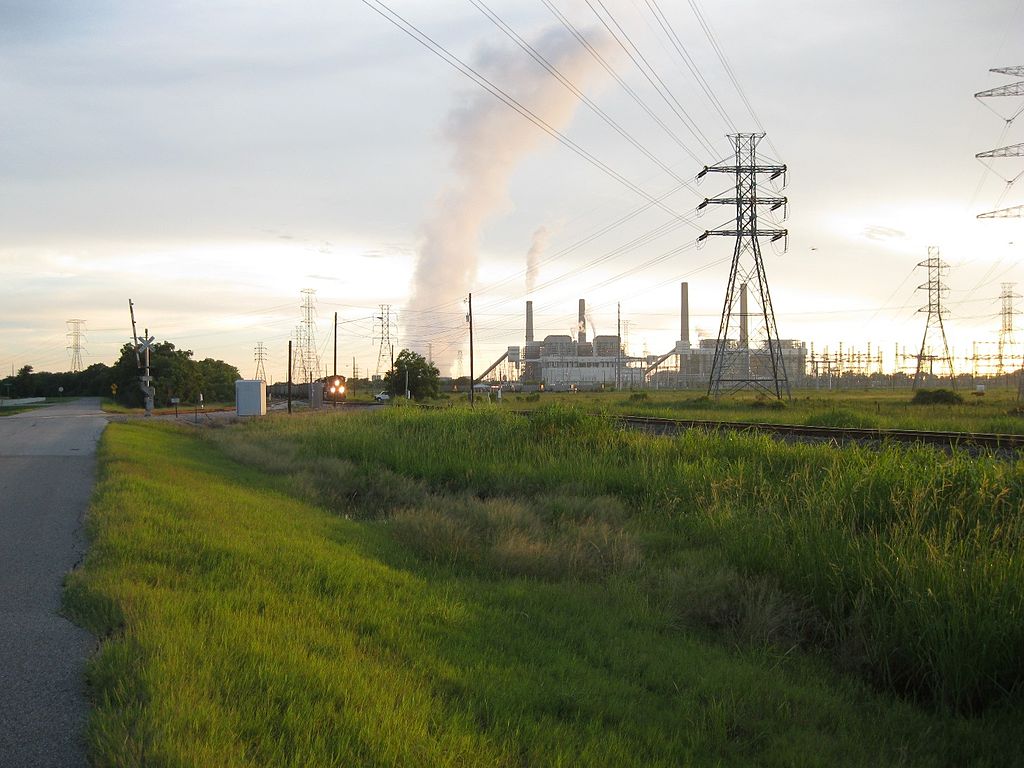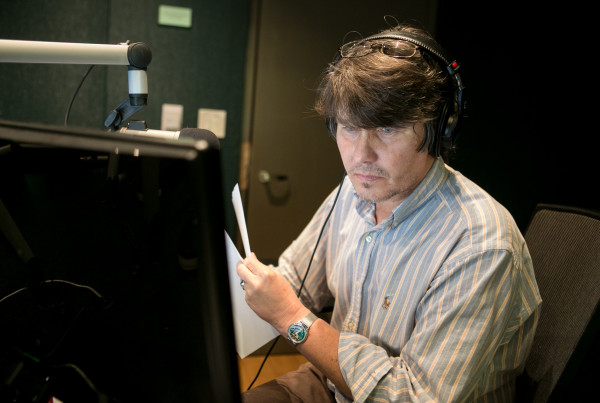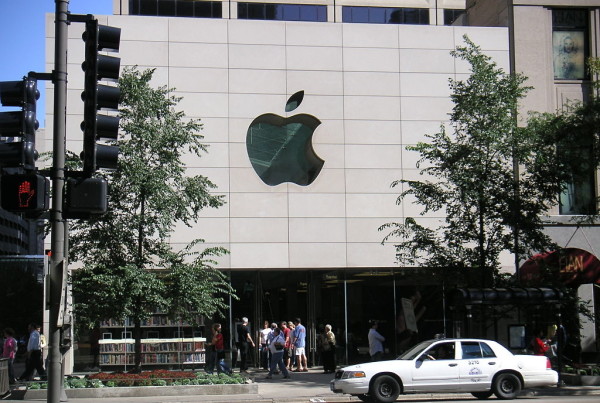While much of the talk in Texas revolves around energy provided by natural gas or petroleum, one often overlooked fuel – coal – offers an cheaper source of energy, but at what cost to human health and the environment? In the coming months, a lot of work will be done in the Houston area to detect a particular chemical, one that environment engineers consider to be one of the deadlier air pollutants: sulfur dioxide found in coal-burning smoke. Houston Public Media’s Dave Fehling reports.
In coming months, a lot of work will be done in the Houston area to detect one, particular chemical that’s polluting the air. It’s sulfur dioxide. It’s in the smoke that comes from burning coal.
In Fort Bend County, one of the biggest industries is the W.A. Parish Power Plant, owned by NRG. It burns thousands of tons of coal a day to make electricity.
The big plant lies eight miles south of Rosenberg which is where Richard Morrison, a Fort Bend County commissioner, was talking to a reporter. He explained that the plant is a benefit for his constituents who are on tight budgets.
“They very much depend on electricity being affordable. And if we do away with coal like that (he snaps his fingers), electricity is not going to be affordable anymore and it’s going to harm folks. That’s bad policy,” said Morrison.
But are those residents paying another price in terms of their health?
“That is a concern, “ Morrison said.
It’s a health concern because burning coal to make electricity also makes huge amounts of air pollution.
The federal Environmental Protection Agency has been after power plants for years to reduce that pollution. And they have.
But in a report being released today, the Sierra Club is bringing attention to a pollutant that persists: sulfur dioxide. The environmental group says it used computer models to crunch NRG’s own data and found that the Parish plant is emitting sulfur dioxide in excess of government standards. The group says the plant produces eight times the sulfur dioxide as is generated by all the oil refineries in the Houston area combined.
NRG tells News 88.7 in an emailed response that it’s not surprised that the Sierra Club’s models show the Parish plant exceeding standards. But the company says it will be providing its own analysis which NRG says will show their plant is in compliance.
Stephen Brown lives about four miles from the Parish Plant in one of the sprawling planned communities that have sprung up in the 50 years since the plant began operation. He’s works in politics and has seen the Sierra Club report which contends that a plume of pollution covers eight public schools. Brown has two young boys.
“I think (the Sierra Club) sites about 7,000 students who have exposure to the pollutants. And that’s an alarming number,” Brown said.
So what’s so bad about sulfur dioxide or as chemists call it, SO2?
We asked environmental engineer Daniel Cohan. He teaches at Rice University and has done lots of research into coal-burning power plants in Texas.
“Health scientists have been telling us that SO2 can cause acute health effects even at levels that we’re once considered safe,” said Cohan. “SO2 is a gas but in the atmosphere it turns into sulfate particles. And those particles are thought to be the most deadly of all air pollutants to breathe.”
So now, the federal EPA is tightening standards. It’s working with Texas regulators to set up monitoring equipment near the plant and by next summer will determine if the plant needs to reduce SO2 pollution.
Currently, the nearest SO2 monitors are miles away in Houston and in Freeport. None show SO2 exceeding current standards according to the state.














